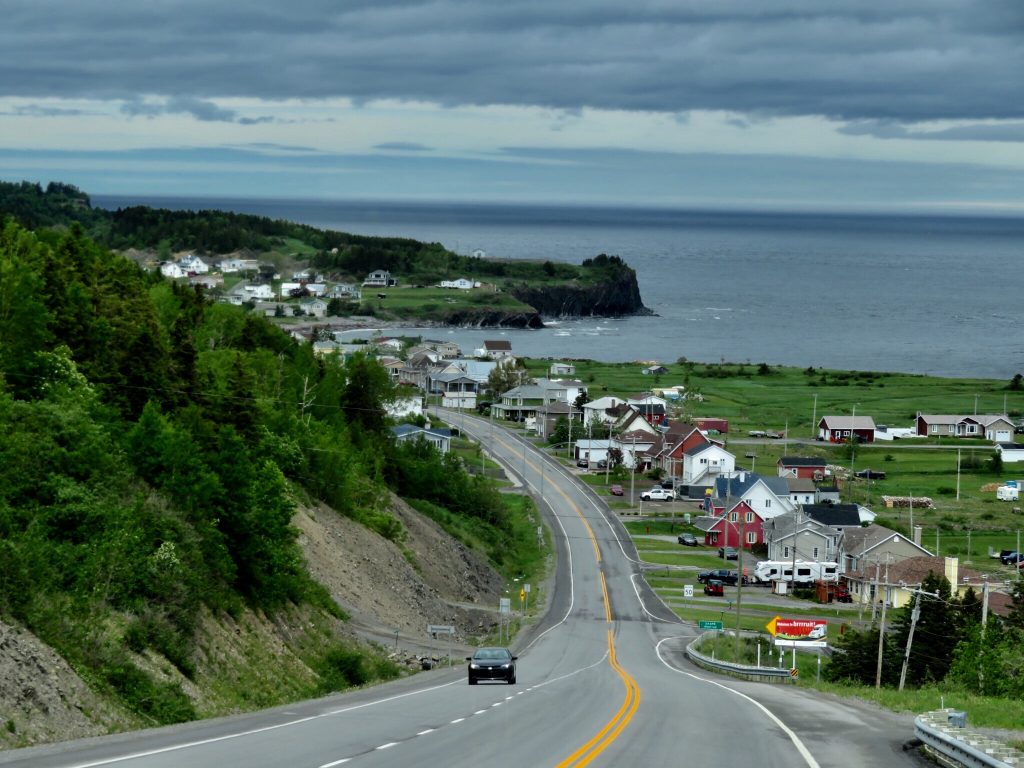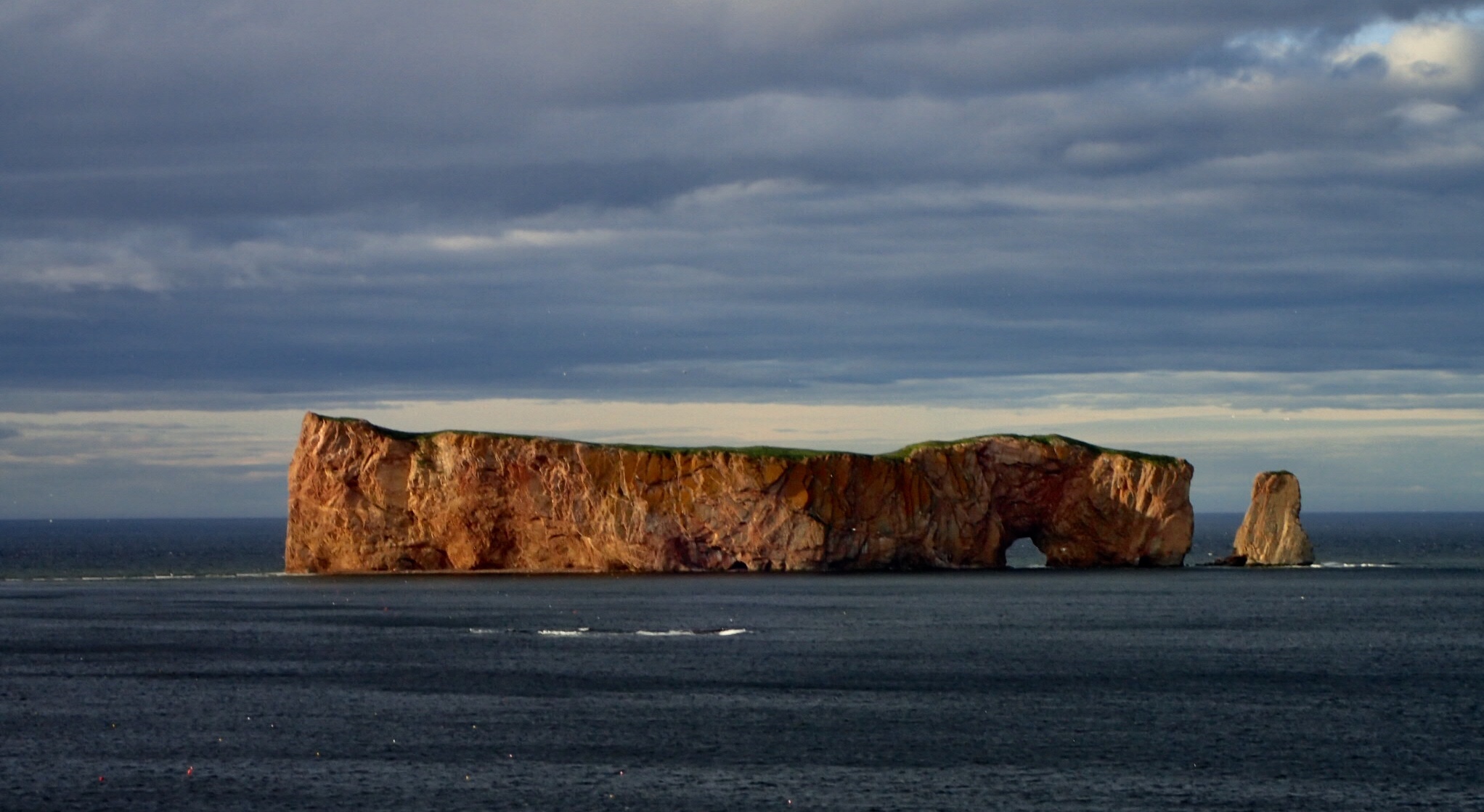We’ve been gone 9 weeks and have traveled over 6000 miles in the RV. We just began Phase III of our trip (visiting Quebec and Ontario). And this phase has started off with a bang!
We left New Brunswick and traveled around multiple little peninsulas and bays to get to our first stop, Rocher Percé (Percé Rock) on the Gaspé Peninsula of Quebec. The Gaspé is a section of Quebec bounded by the Gulf of Saint Lawrence (and the Saint Lawrence River) on the north and Chaleur Bay on the south. It means “land’s end” and that’s what we experienced here.
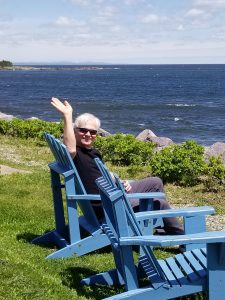
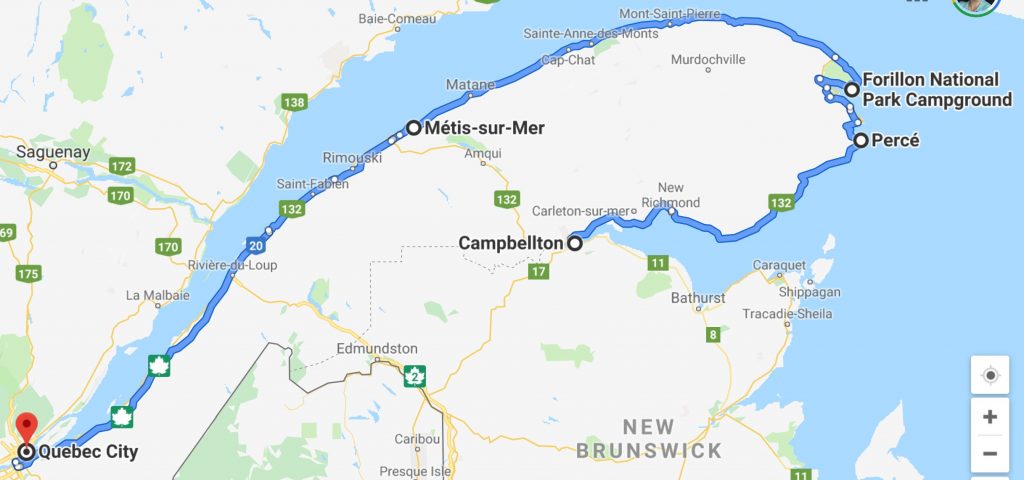
Hank admitted later that he had his doubts about why we were spending two nights to look at a rock, but he just decided to go with it. We pulled up to the campground at Rocher Percé and Hank decided that this was in fact a good choice. (Here’s the view from our campsite. See if you agree.)
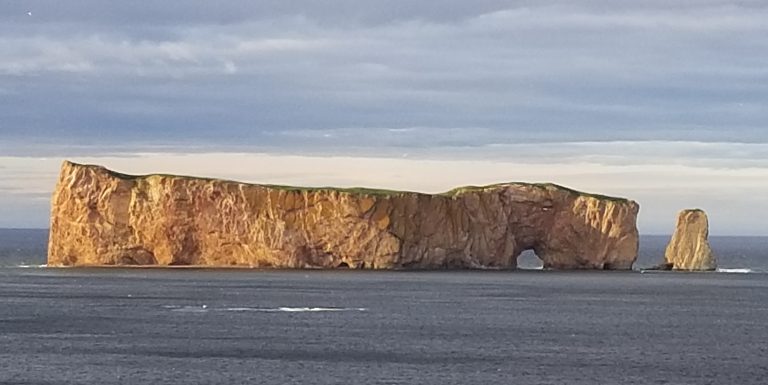
Rocher Percé (Pierced Rock) is no ordinary rock. It is one of the world’s largest natural arches located in water and is a major icon of Quebec.
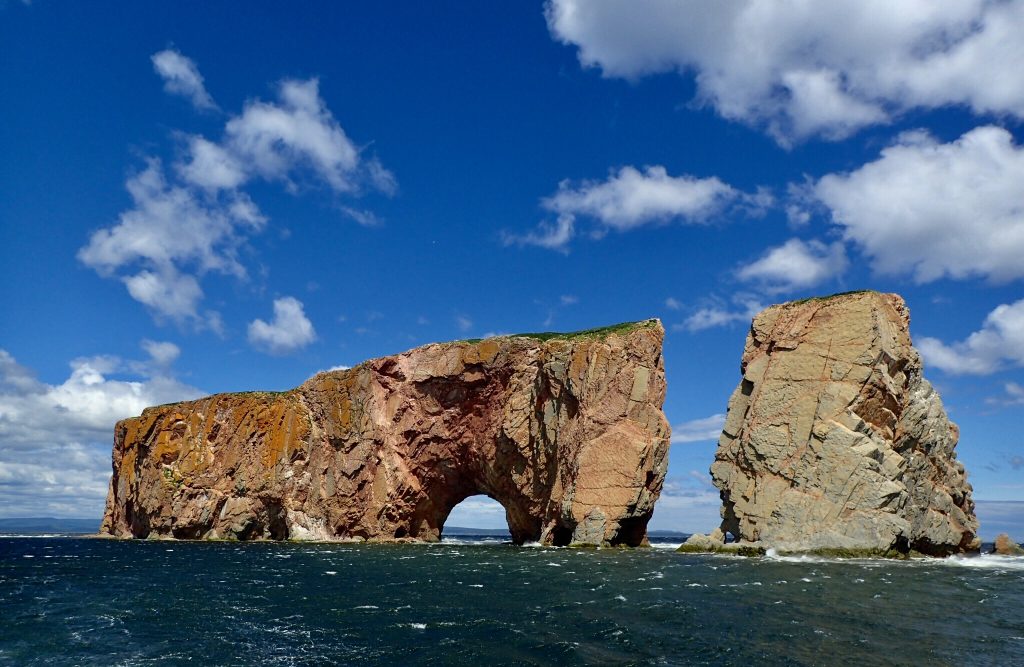
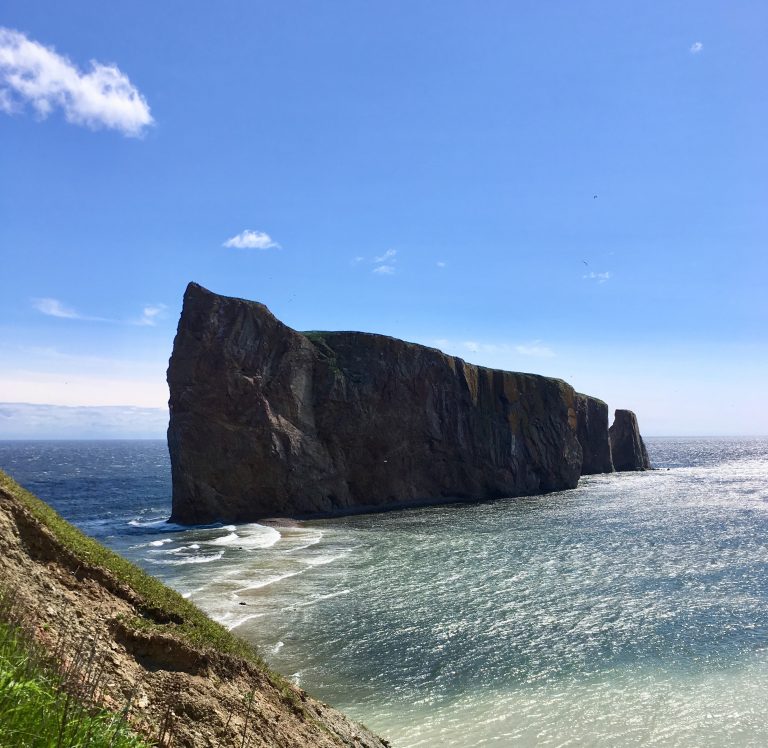
In addition, Rocher Percé sits next to Bonaventure Island (Île-Bonaventure), which is a large migratory bird sanctuary (with more than 280,000 birds in residence at this time of year). We had a gorgeous view of both the rock and the island from our campsite, as we battened down the hatches for a very windy night.
Next morning we drove around the area, enjoying the beautiful scenery, and hiked to a great viewpoint right next to the rock.
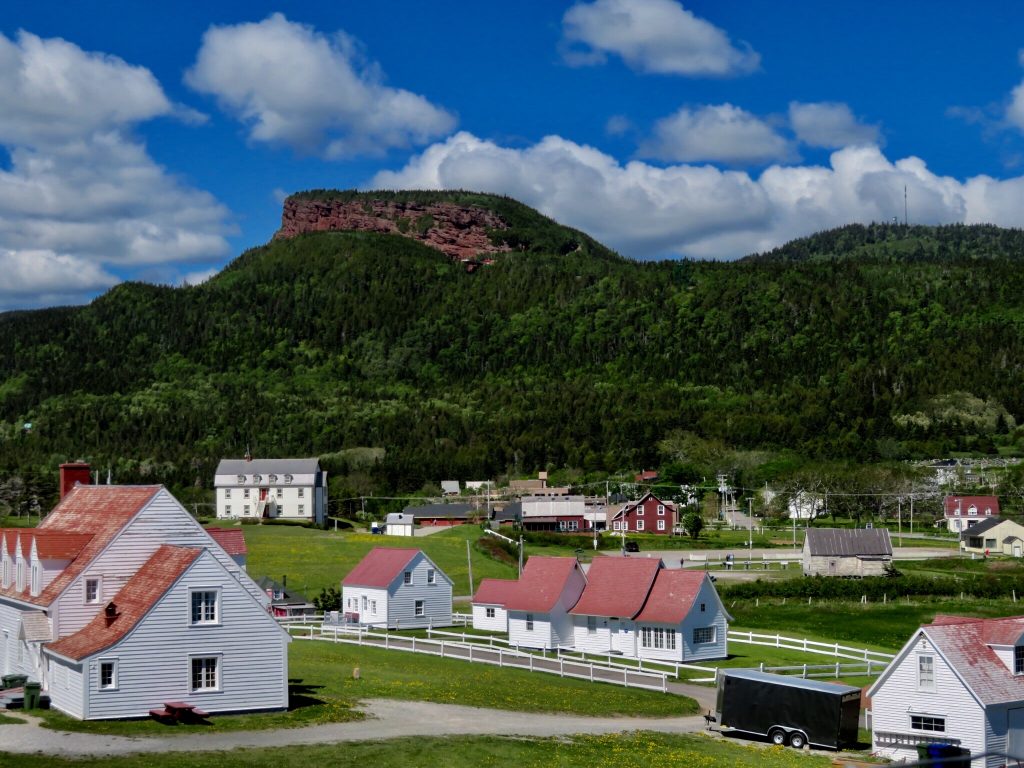

Then we hopped on a boat to get up close and personal with both Rocher Percé and Bonaventure Island.
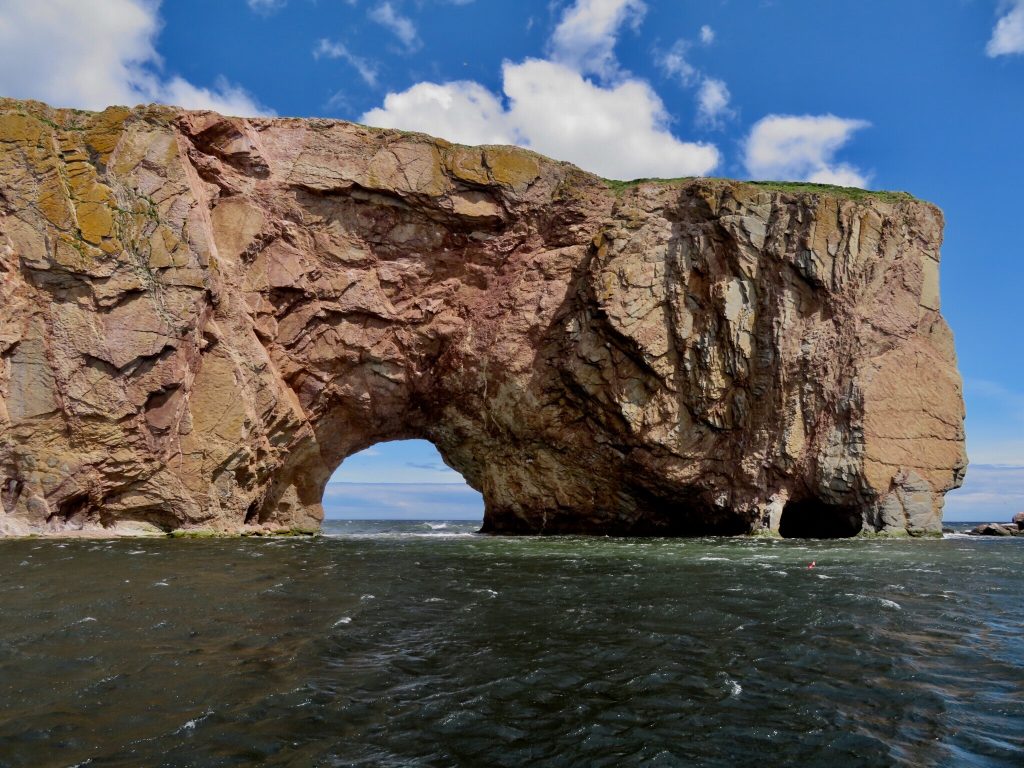
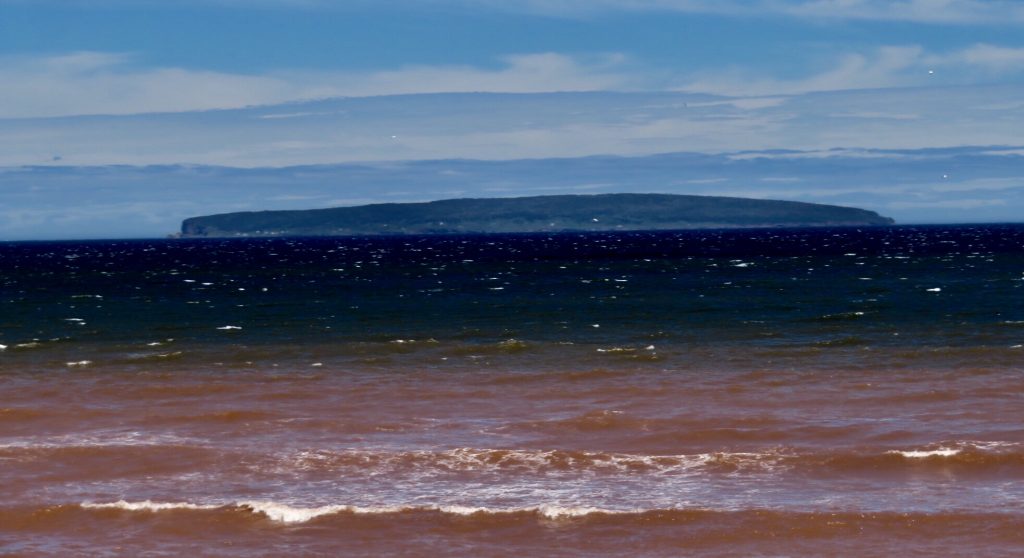
The boat took us to the back side of Bonaventure Island where we could see some of the 100,000 Northern gannets who nest on the island at this time of year. This is the second largest nesting colony of northern gannets in the world, and it was truly amazing to see. (Most days you can get off the boat and hike across the island to see the northern gannets close up, but that wasn’t permitted today—maybe because it was too windy?)
Nevertheless, we were treated to an amazing spectacle of thousands of birds flying and nesting around the island. Truly breathtaking.
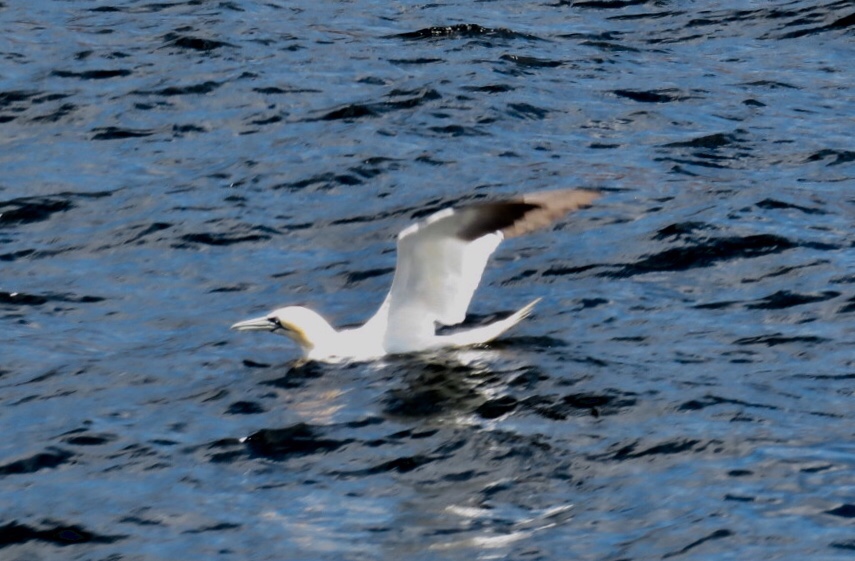

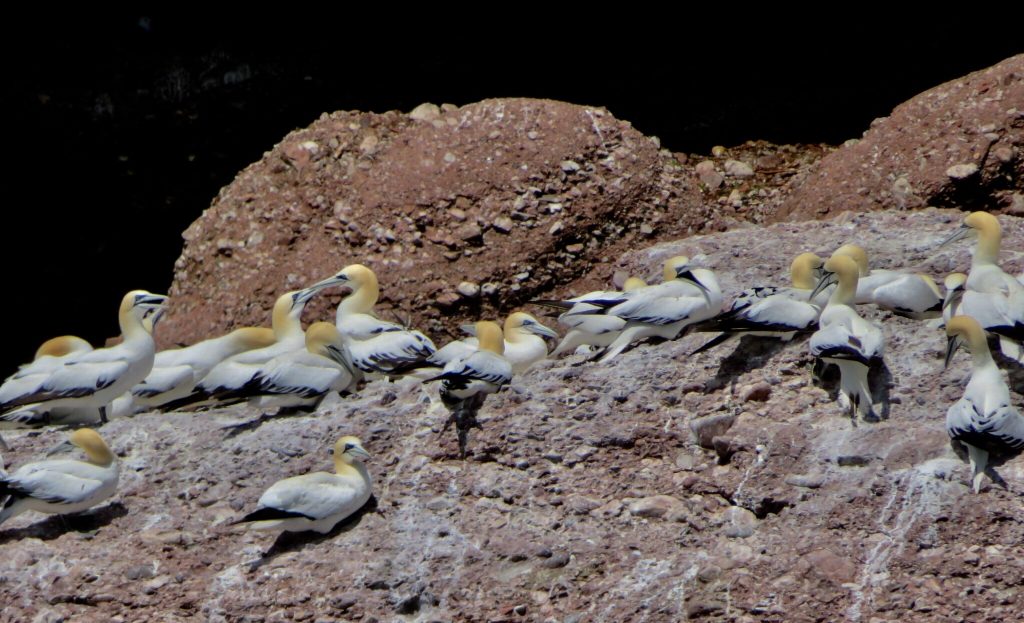
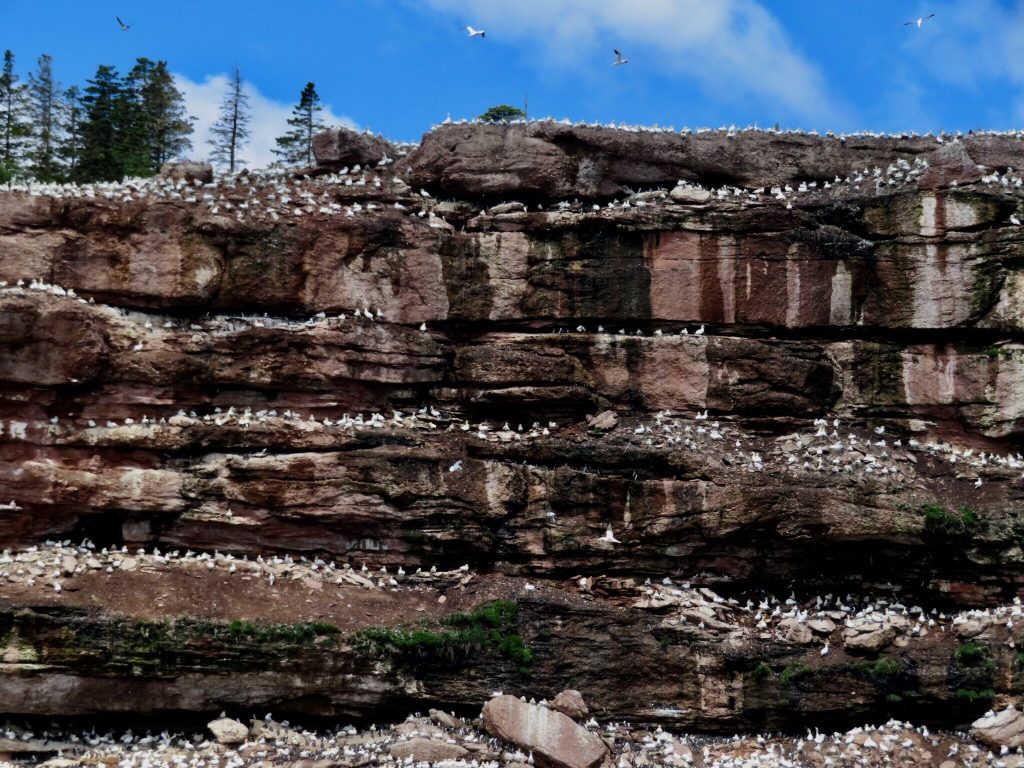
Yet we were not done with amazing critter sightings in the Gaspé. After a short but harrowing drive around some more bays and peninsulas, we arrived at Forillon National Park on the very tip of the Gaspé Peninsula (the easternmost point of this region). This was another Canadian national park that we had never heard of prior to this trip, but that is a shame, for it truly is incredible.
Let’s call this section, “Beavers and Whales and Bears, Oh My!”
We started with a lovely bike ride along the southwest corner of the national park (La Taiga Trail), remarking again about the amount of money that Parks Canada has invested in improving the infrastructure of its national parks in the last several years ($80 million in Forillon alone). No whale sightings today, but a terrific ride on a beautiful carriage road/boardwalk trail.
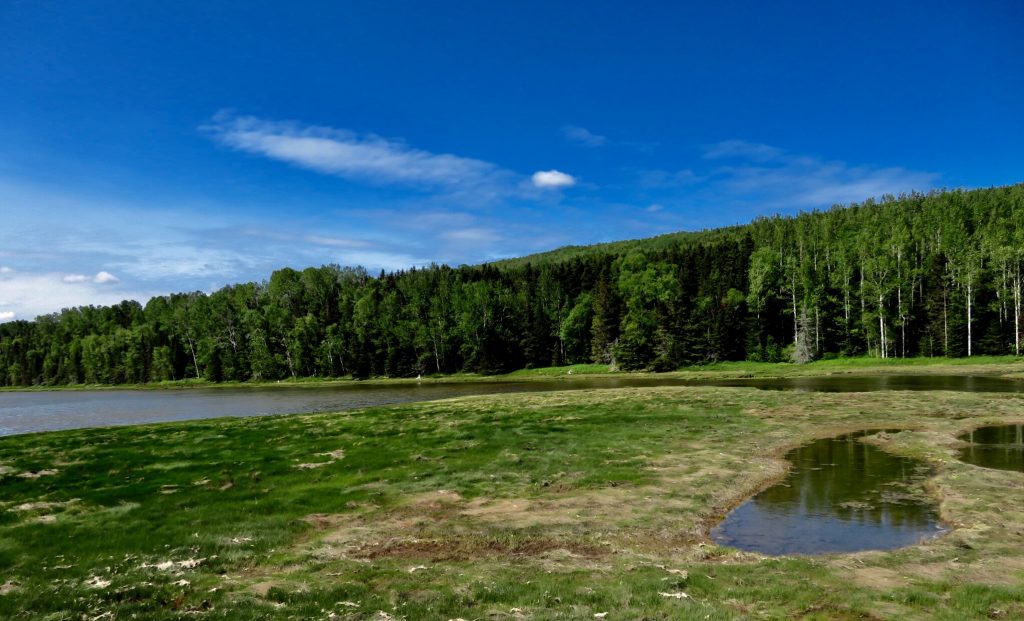
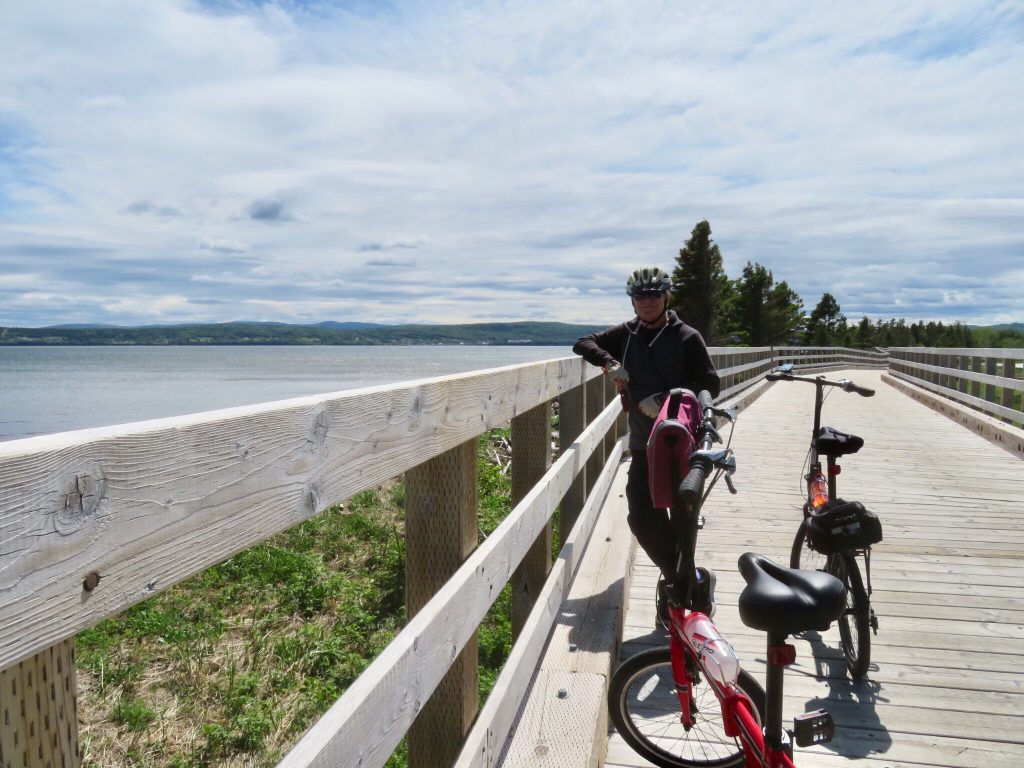
The ranger at the visitor center talked us into going to the beaver (Le Castor) presentation at 5:30. Why did we need to be talked into it? Because it was all in French. But she said that didn’t matter—the beavers were busy right now and we should go. And so we did.
We didn’t understand most of what the ranger shared in the parking lot, but it didn’t matter. After a short walk with 25 other people, we came to a small lake, where 3 or 4 beavers were busily working on home construction. Wow—we finally got our beaver fix, up close and personal!
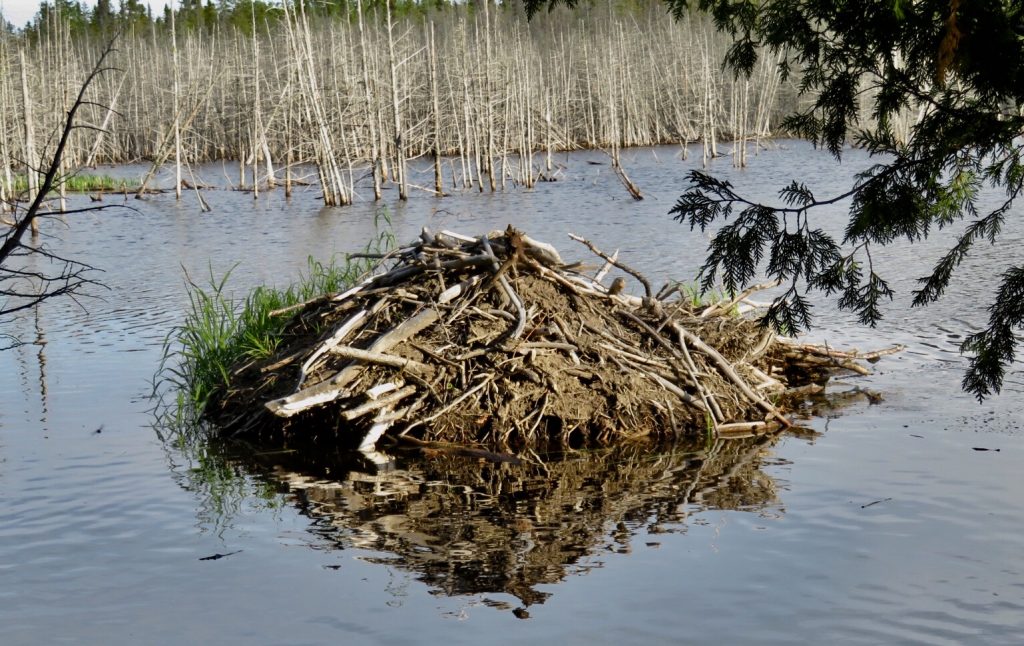
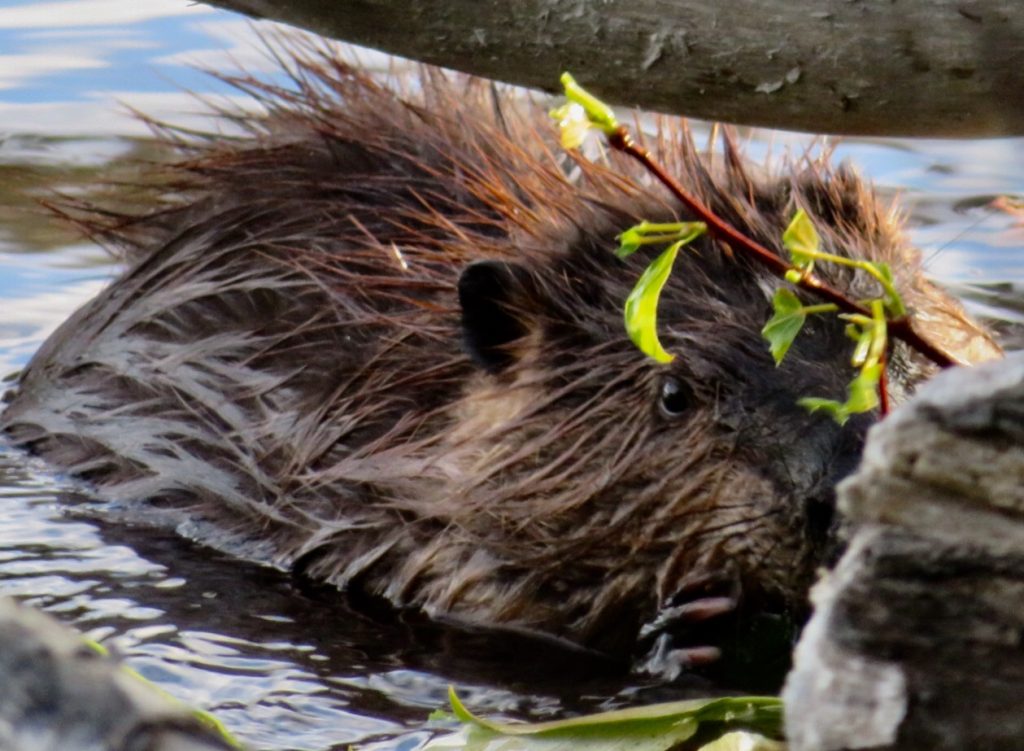
And we weren’t done. The ranger next took us to an old road (that Google had tried to take us on). Why was this road no longer in use? Because the beavers had created a multi-level dam structure that literally flooded the road with water. These beavers were busy adding on to their elaborate structure while we watched in amazement.
After 30 years of searching, we finally saw beavers up close and it was a terrific thrill.
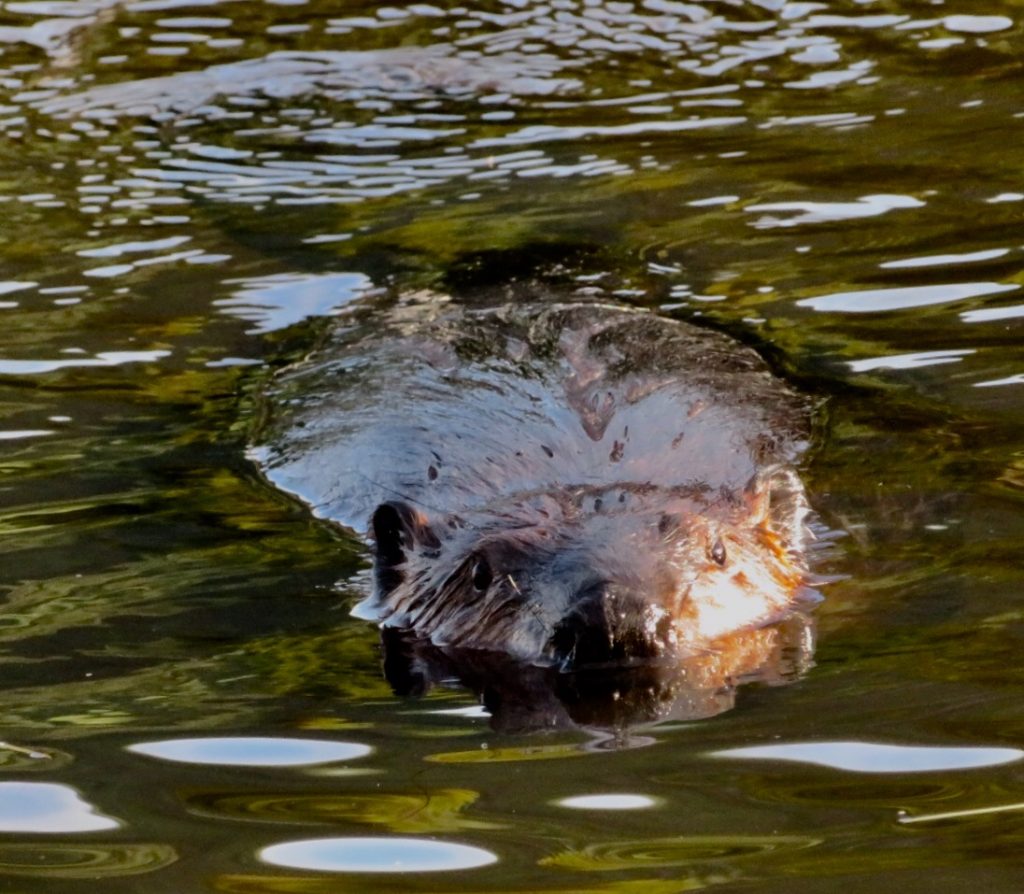
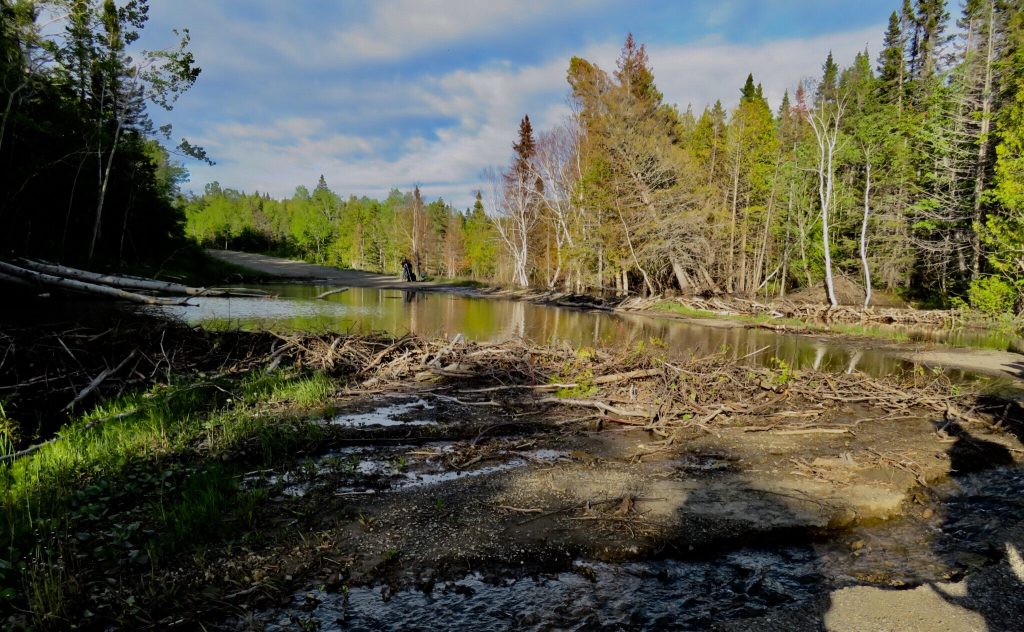
Could there be more to come? Well, the next day we headed out for a lovely short bike ride on the brand new Du Banc trail with a gorgeous view of the Cap-des-Rosiers lighthouse.
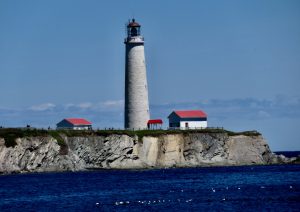
Then we tackled the lovely LONG bike ride on Les Graves Trail. Because of construction happening, we had to ride some of this trek on the hiking trail rather than the road. Lots of tree roots, hikers, and very steep grades made this especially challenging. But we persevered and came to Cap-Gaspé (Land’s End) and the easternmost part of the peninsula.
What a view awaited us. It was worth the biking/hiking combo up 20% grades and down root-filled trails. And we commemorated the end of the Appalachian Trail (and reminisced that we had hiked portions of the trail way back in Virginia and Maine.

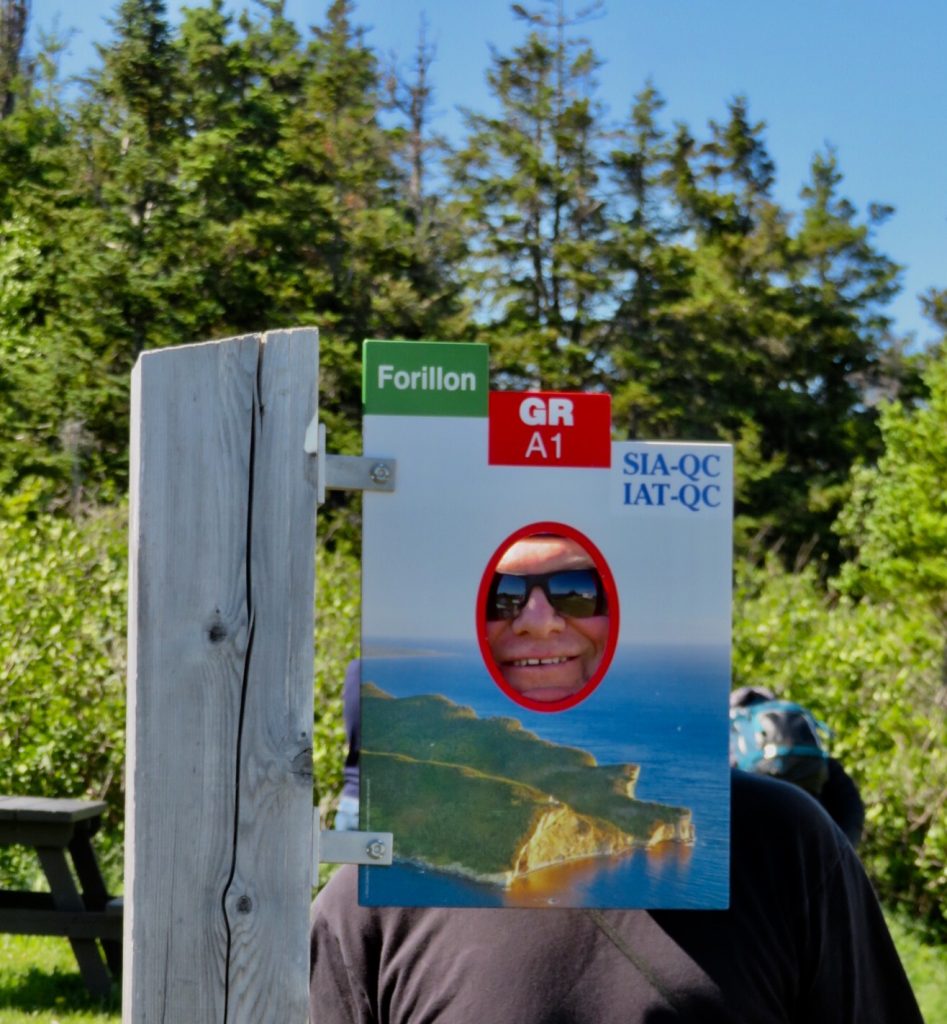

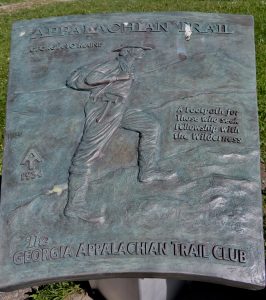
We had a visitor waiting for us at the top—a porcupine, who ambled along, eating vegetation as we watched.
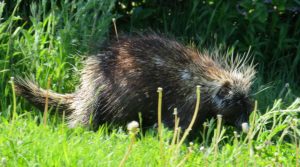
And we had a visitor waiting for us back at the campsite. This campground had only opened up that day (for people, that is), so this resident black bear was probably surprised to find people in his dining room when he showed up for dinner that night. He happily went about eating dandelion greens while we all watched the show.
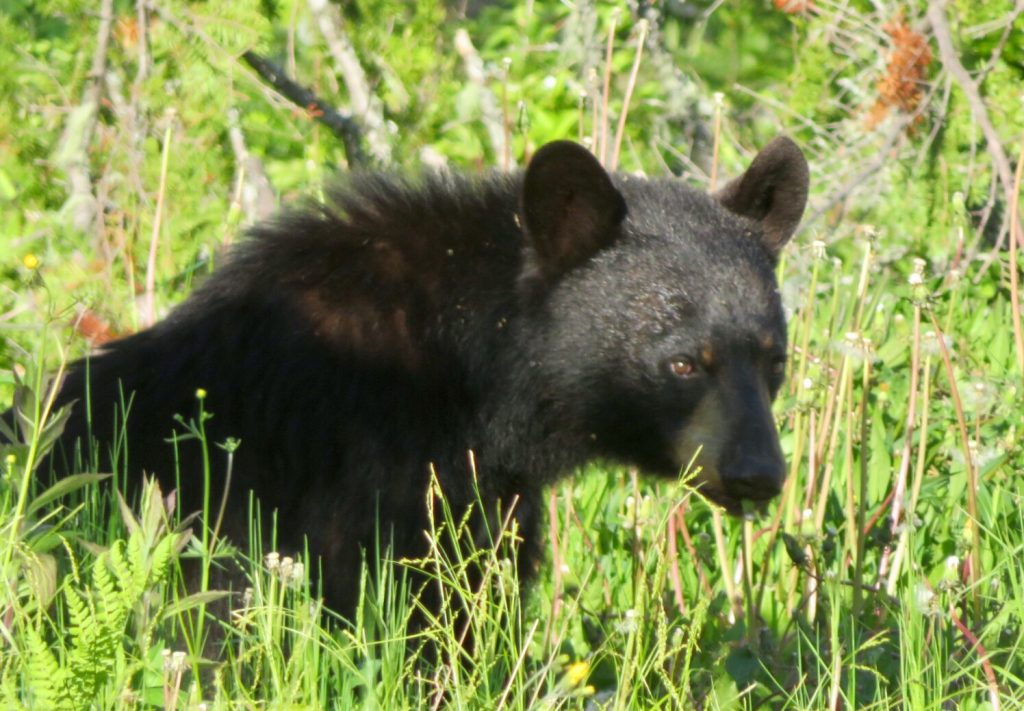
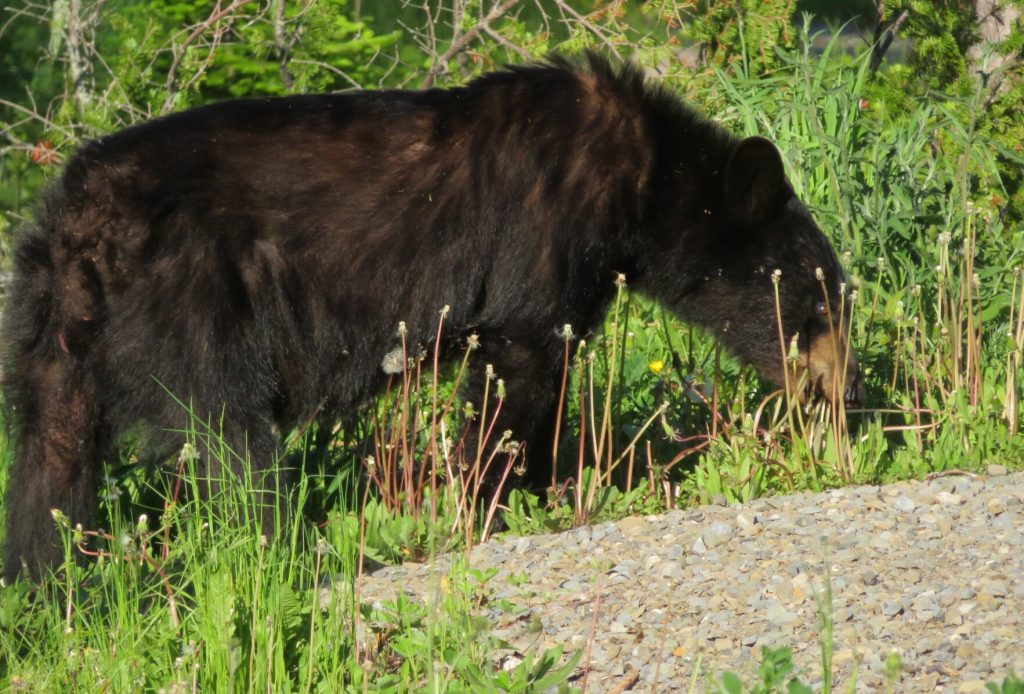
Eventually someone must have alerted the park staff because they pulled up in their official vehicles and chased the bear off. Of course, they must do this, to protect both the bear and the people, but we had a fantastic time watching the bear minding his own business until he had to leave.
Before leaving Forillon, we treated ourselves to a whale watching cruise, and what a treat it was! This area is a premier destination for 7-15 different whale species. We saw a blue whale (yes, the biggest animals ever to live on earth), several fin whales (almost as big as the blue), and multiple humpback whales.
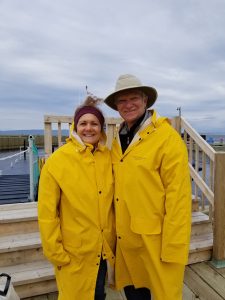
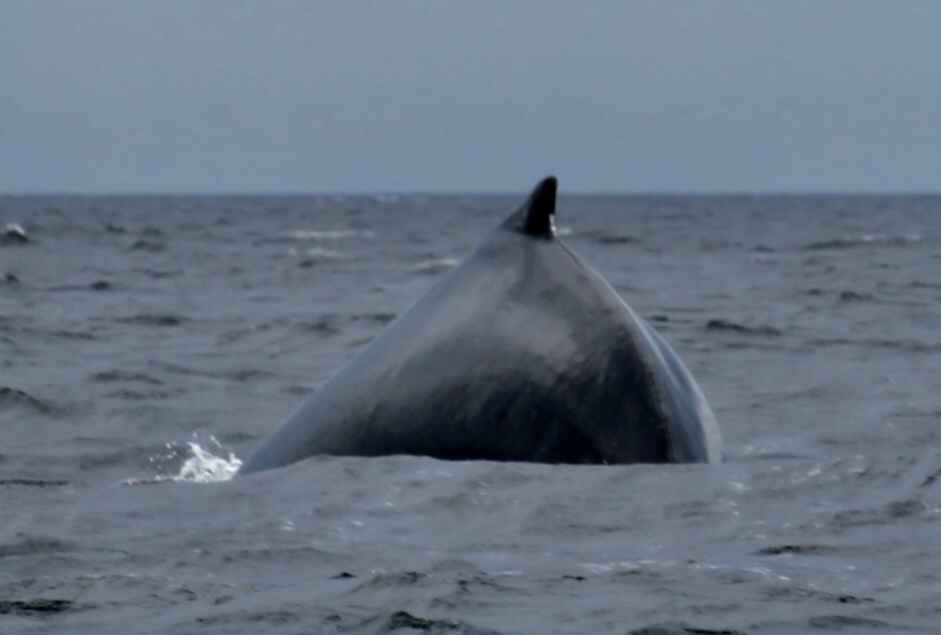
We capped our day off with a steep but beautiful hike to Cap Bon Ami.
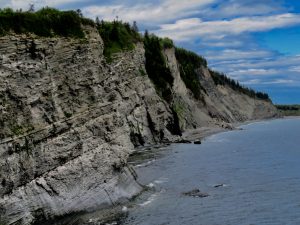
To celebrate our last day in the mountains (at least for awhile), we enjoyed a campfire in this beautiful place.
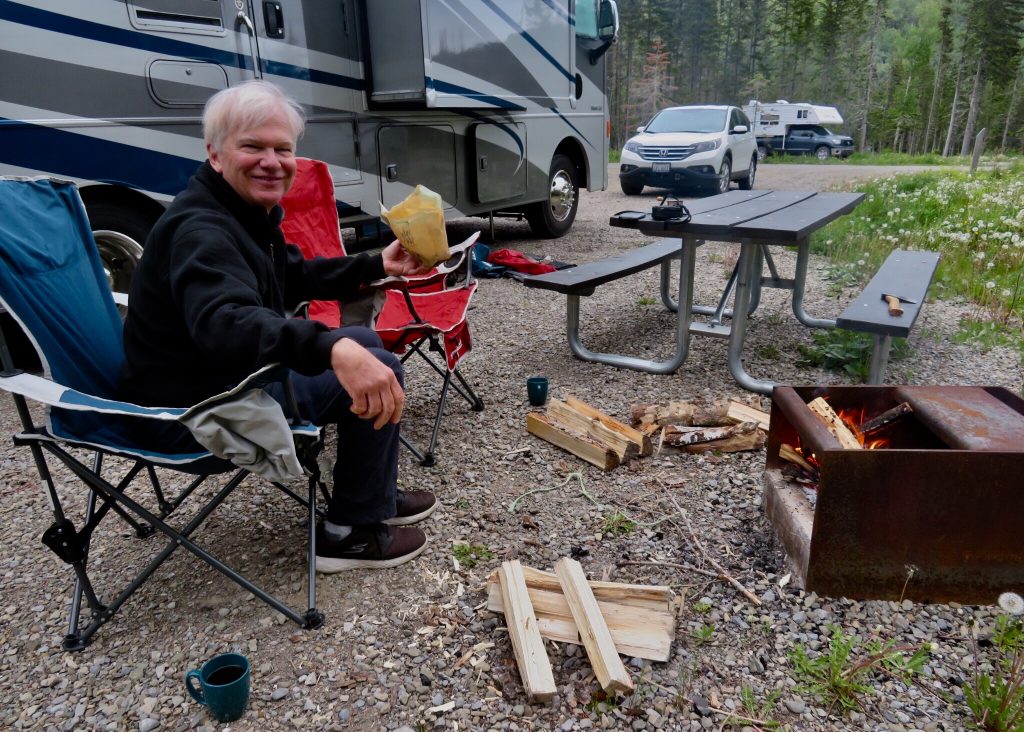
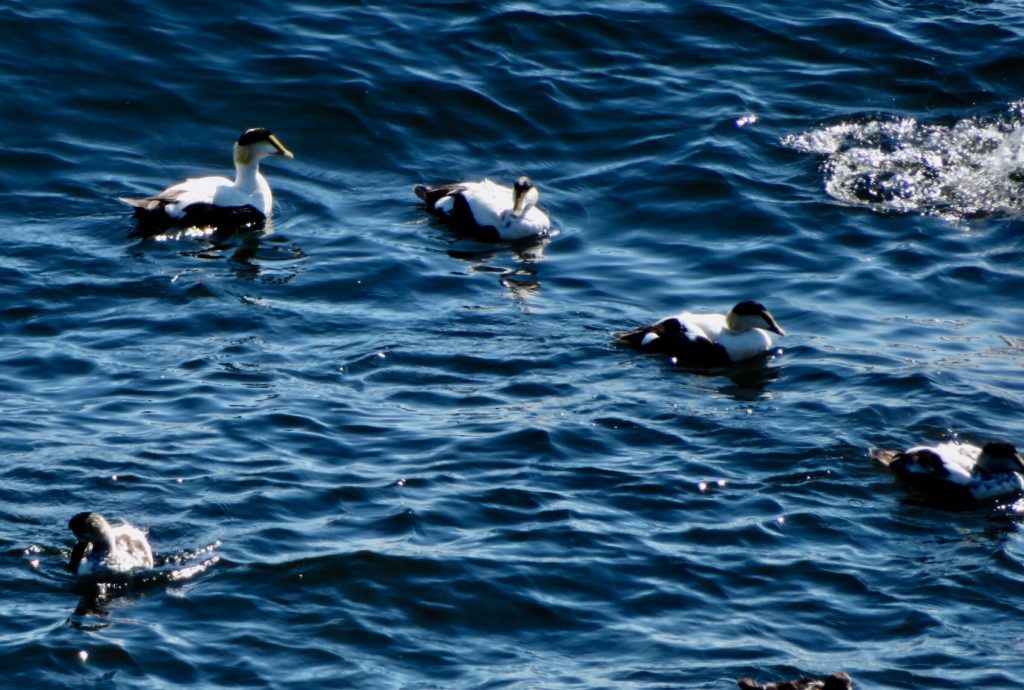
While Cape Breton Highlands might be our favorite Canadian national park for scenery (at least on this trip), Forillon wins the wildlife award. This was a truly glorious stay on the Gaspé Peninsula of Quebec—go if you can!
